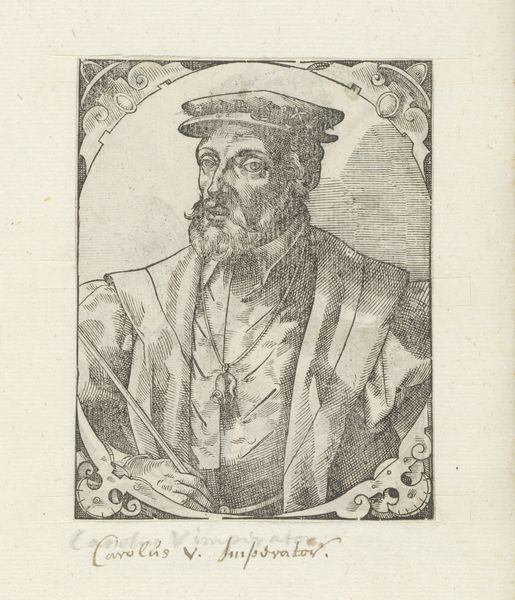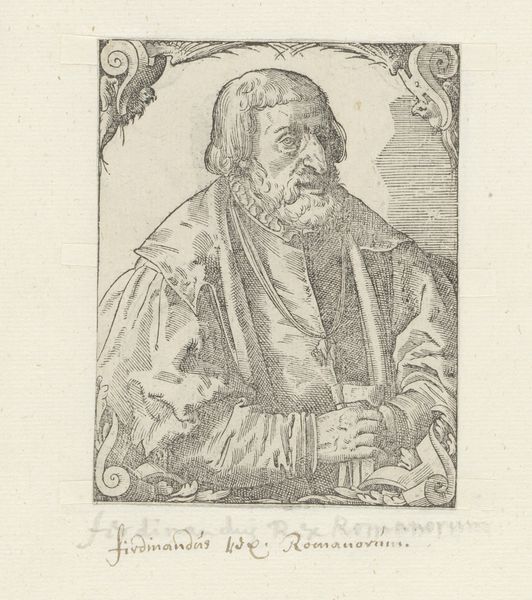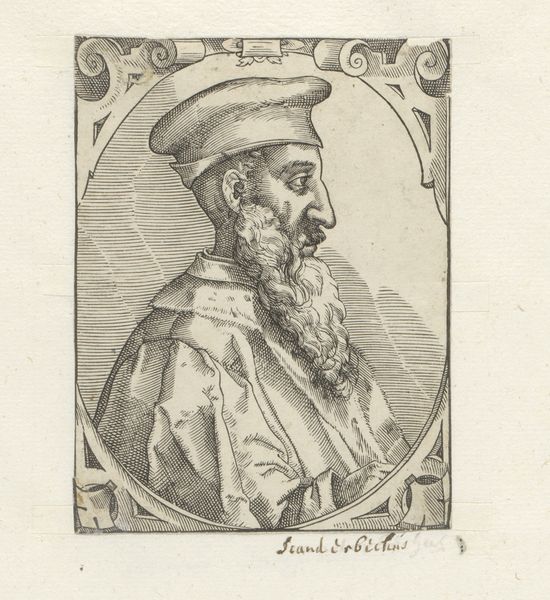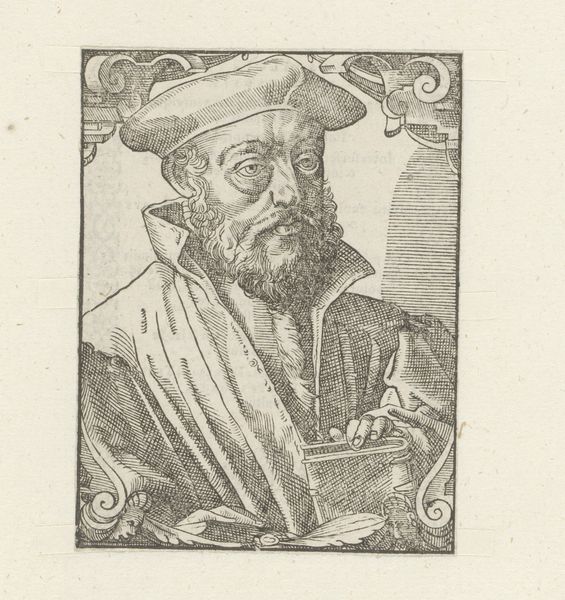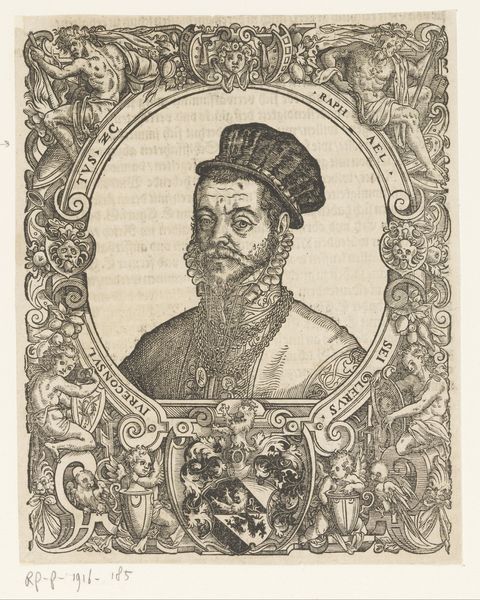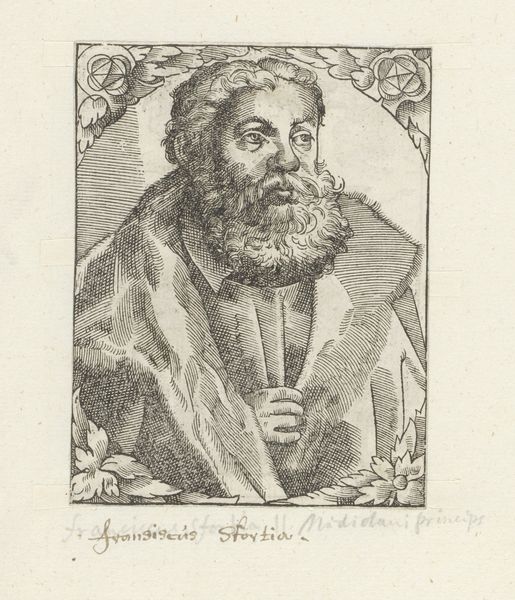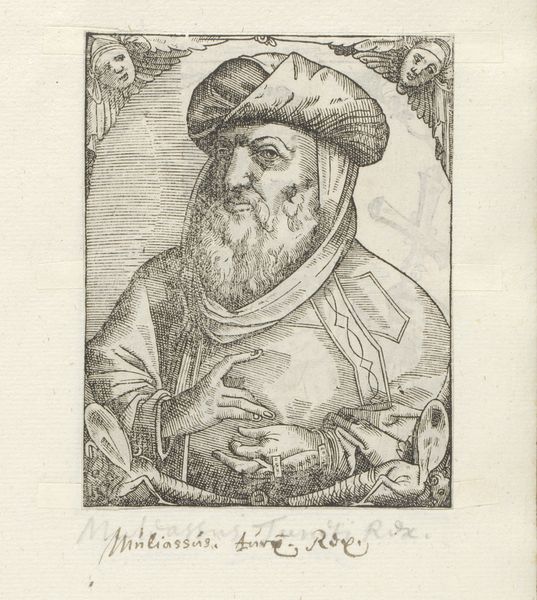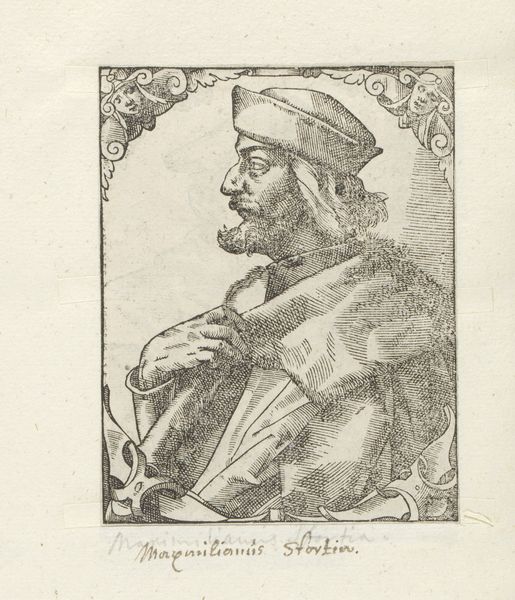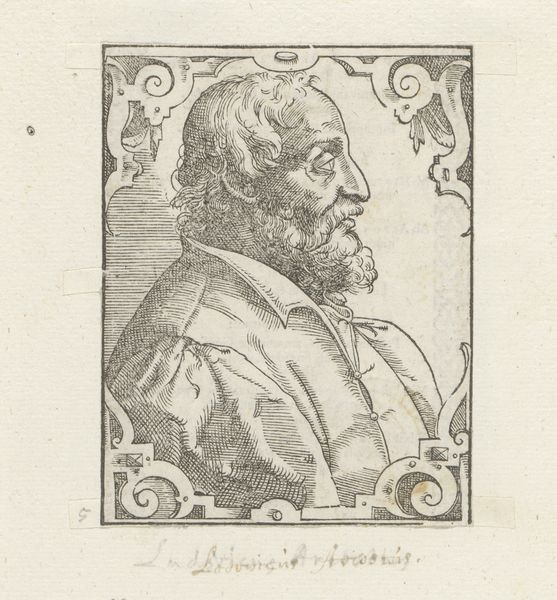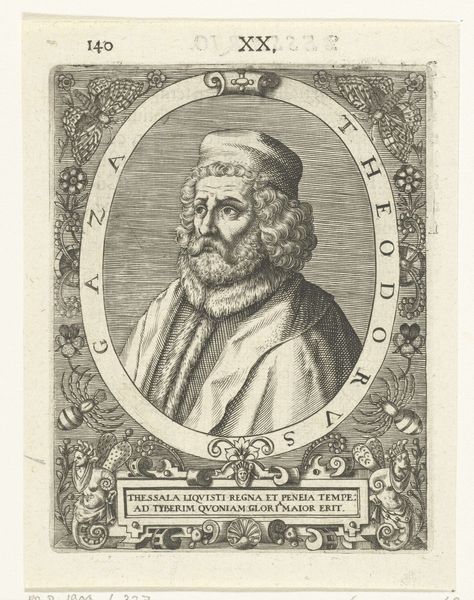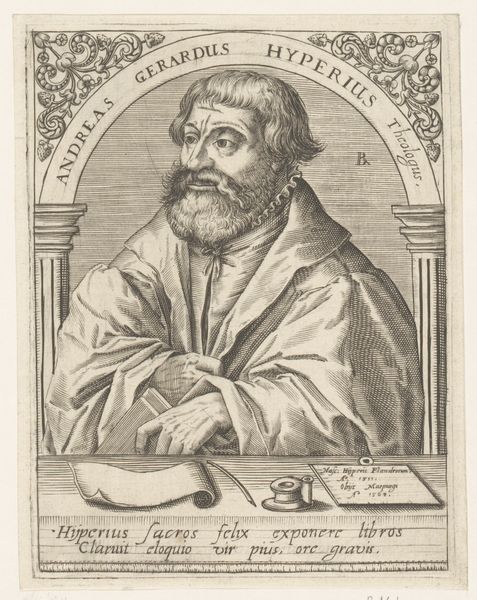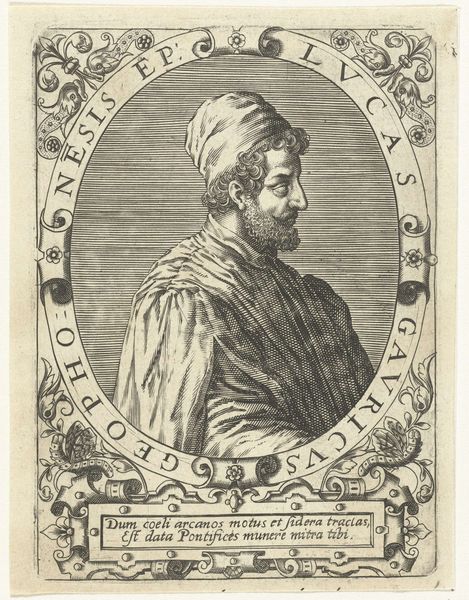
engraving
#
portrait
#
11_renaissance
#
history-painting
#
engraving
Dimensions: height 108 mm, width 83 mm
Copyright: Rijks Museum: Open Domain
Editor: This is a portrait of Johannes Lascaris, made sometime between 1549 and 1577, using engraving techniques. There is an intensity to his gaze. I wonder about his place in society during this period, especially since the portrait itself feels quite formal and official. How would you interpret this image? Curator: As a historian, I see this portrait existing within a very specific cultural moment. Engravings like these were not just about likeness; they were about disseminating knowledge, reputation, and solidifying status. Consider the rise of print culture during the Renaissance – how did the accessibility of images influence public perceptions of individuals like Lascaris? What do we know about Lascaris’ position at that time? Editor: Well, from what I gather, Johannes Lascaris was a noted scholar and diplomat. Perhaps this engraving served to broadcast his intellectual prowess and his influence? It's fascinating to consider how art could be used as a tool for projecting a particular image. Curator: Precisely. Think about the intended audience – who would have been purchasing and viewing these engravings? Wealthy patrons? Other scholars? Its circulation speaks volumes about the networks of power and intellectual exchange at the time. Would you agree this impacts our view of this man and of the work itself? Editor: Definitely. I hadn't considered how actively this portrait might have been participating in a wider conversation about intellect and authority. I will now keep that in mind going forward. Curator: Remembering that the image participates in, and is a product of the culture that generated it, is critical. Hopefully that new approach to analyzing art proves fruitful for you in future work.
Comments
No comments
Be the first to comment and join the conversation on the ultimate creative platform.
